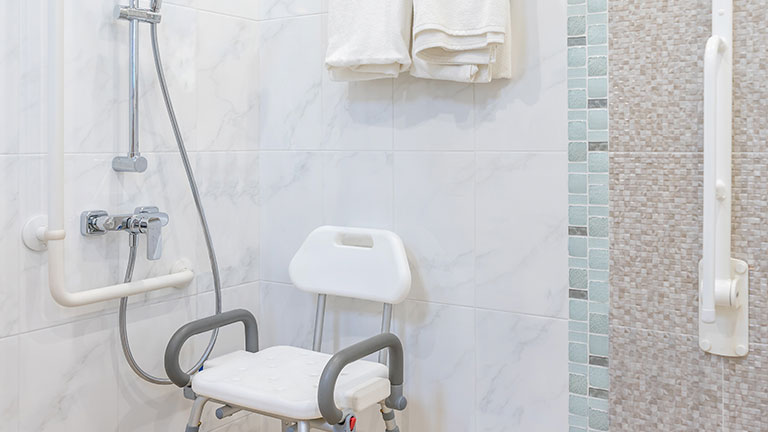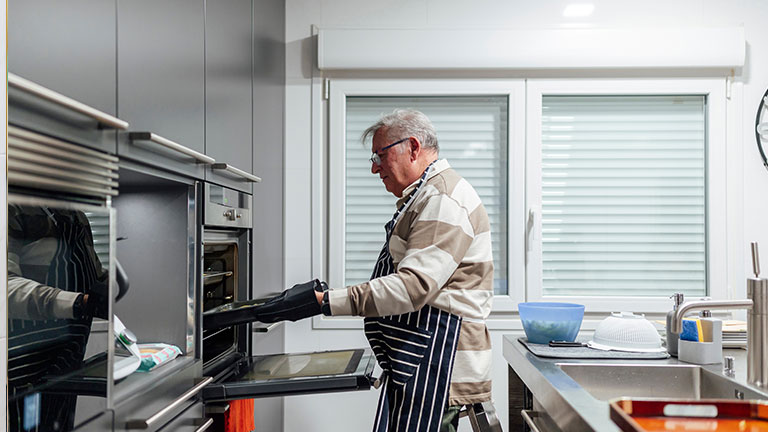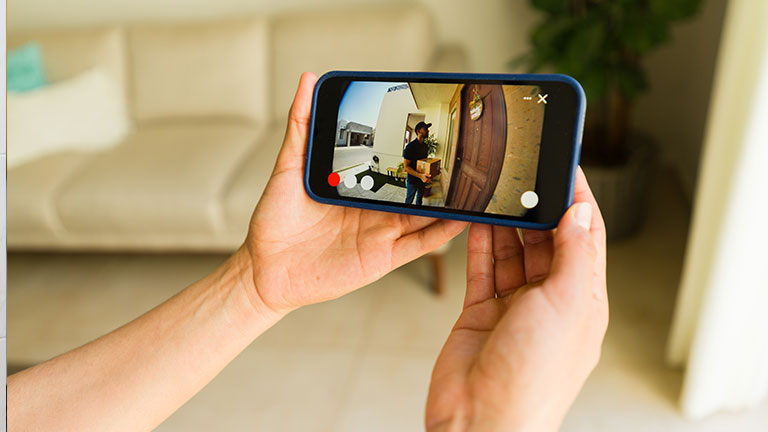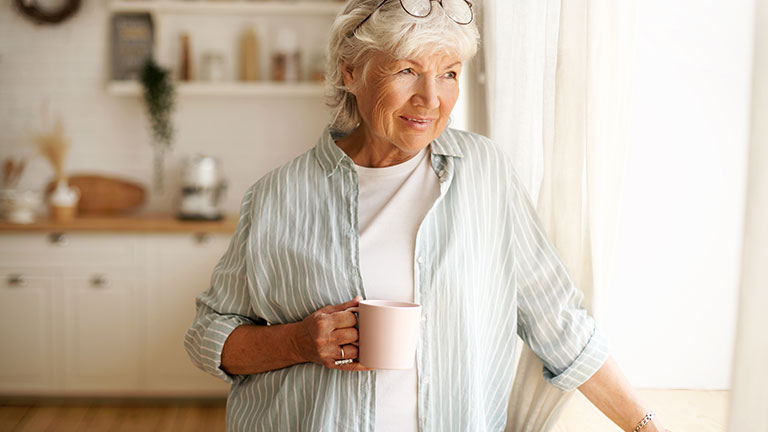Aging in Place: Expert Home Modifications for Independent Living
Keep your independence living in your own home with safety upgrades, smart technology, and other practical strateges for aging in place


“Aging in place” is one of those phrases that often gets tossed around, but what does it really mean?
Aging in place is about independence at its core. It refers to older adults who want to continue living at home instead of moving into a retirement home or assisted living facility. It also comes with necessary changes for staying safe and independent. Here’s how to prepare for aging in place.

Get professional advice. It’s easy to hire a handyman, but vetting a professional who specializes in adapting homes for senior living pays off. Look for businesses with verified professional training in home modifications—from bathroom safety to entryway accessibility to lighting— for seniors through sources such as the National Association of Home Builders’ Certified Aging-In-Place Specialist program (CAPS).
Think about mobility. Physical mobility and balance can change with age, so consider proactively installing grab bars—especially in bathrooms and showers—or even using a shower chair. Dr. Ted Johnson, chair of family and preventive medicine at Emory University School of Medicine, warns that relying on a chair or the back of a couch “as your crutch actually won't support you, and so you find out that you're putting your weight on something that just won't sustain [it].”
Change your layouts. Other rooms in your house may need adjustments to make frequently used items easier to reach. Dr. Johnson recommends moving kitchen staples and equipment from higher to lower shelves and even relocating a basement laundry room or upstairs bedroom to a more accessible level. He also recommends clearing out clutter and unnecessary items now to avoid safety hazards and ease the burden of future downsizing.
Keep floors clear. As mobility changes over time, creating wider, unobstructed pathways throughout the home is key to preventing trips and falls. Falls are a leading cause of injury-related death among older adults, according to the CDC. Remove safety hazards by keeping floors free of clutter and ensuring rugs or mats are flat, secured—or better yet, removed entirely.
“If someone is using a walker or a cane or walking independently, you can just so easily trip on a rug,” says Sarah Cheney, executive director of Aging Forward. “It might be choosing one chair to get rid of in the living room so there are fewer obstacles to navigate around.”

Brighten your lighting. Vision can diminish with age, so maintaining adequate lighting throughout the home is essential for safety. Replace older lamps with brighter, energy-efficient models, and consider installing motion-sensor nightlights—especially in bedrooms, hallways, and staircases—since it’s common to get up during the night as you age. Well-placed lighting can help reduce the risk of falls and improve overall navigation in the home.
Examine your exterior. Along with the interior, it’s essential to assess the condition of your home’s exterior. “It is critical to be able to enter and exit the home safely,” says Emily Nabors, associate director of innovation at the Center for Healthy Aging. Check for and repair any loose bricks, stones, or uneven pavement on outdoor walkways and driveways, and fix loose steps or other trip hazards. Create a zero-step entry to the home—such as adding a ramp—to support varying levels of mobility and help ensure safe, reliable access in and out of the home.

Turn to tech. Smart home technology can play a major role in improving safety, accessibility, and peace of mind for those aging in place.
- Video doorbells provide visual confirmation of visitors and can alert you to unannounced individuals—enhancing both security and convenience, especially for those with limited mobility.
- The ElderSafe app conducts a room-by-room hazard assessment and recommends specific safety products and devices to reduce risks throughout the home.
- Medical alert systems can automatically detect falls and immediately notify emergency contacts or services—critical for those living alone or at higher risk of injury.
- State assistive technology programs offer free or low-cost tools, devices, and support services to help older adults and people with disabilities live more safely and independently at home.
Consider long-term health. As you plan to age in place, it’s important to account for how your health may change over time. “If you have existing health conditions that may worsen over time or difficulties with daily activities, consider consulting an occupational therapist,” says Nabors. An occupational therapist can help assess your home environment and recommend modifications or tools to support continued independence and safety.

Seek additional resources. While loved ones and trusted neighbors can provide valuable support, it’s also wise to tap into established organizations that offer senior-related assistance. Depending on your needs, Meals on Wheels or mobile food banks can deliver meals to those with limited mobility. Volunteer groups and local nonprofits—such as Aging Forward and the National Council on Aging —may offer transportation, home maintenance, or social support services.
For broader assistance and guidance on aging in place, contact the following organizations:
- With chapters across the country, the National Aging In Place Council offers member resources on finding experts in healthcare, financial planning, elder law, and home modification.
- The Administration for Community Living, under the US Department of Health and Human Services, connects seniors to resources, including the area agencies on aging.
- Through Habitat for Humanity’s aging-in-place program, affiliates work with human services organizations to assess and provide critical home repairs, modifications, and community services specific to each homeowner’s lifestyle.
